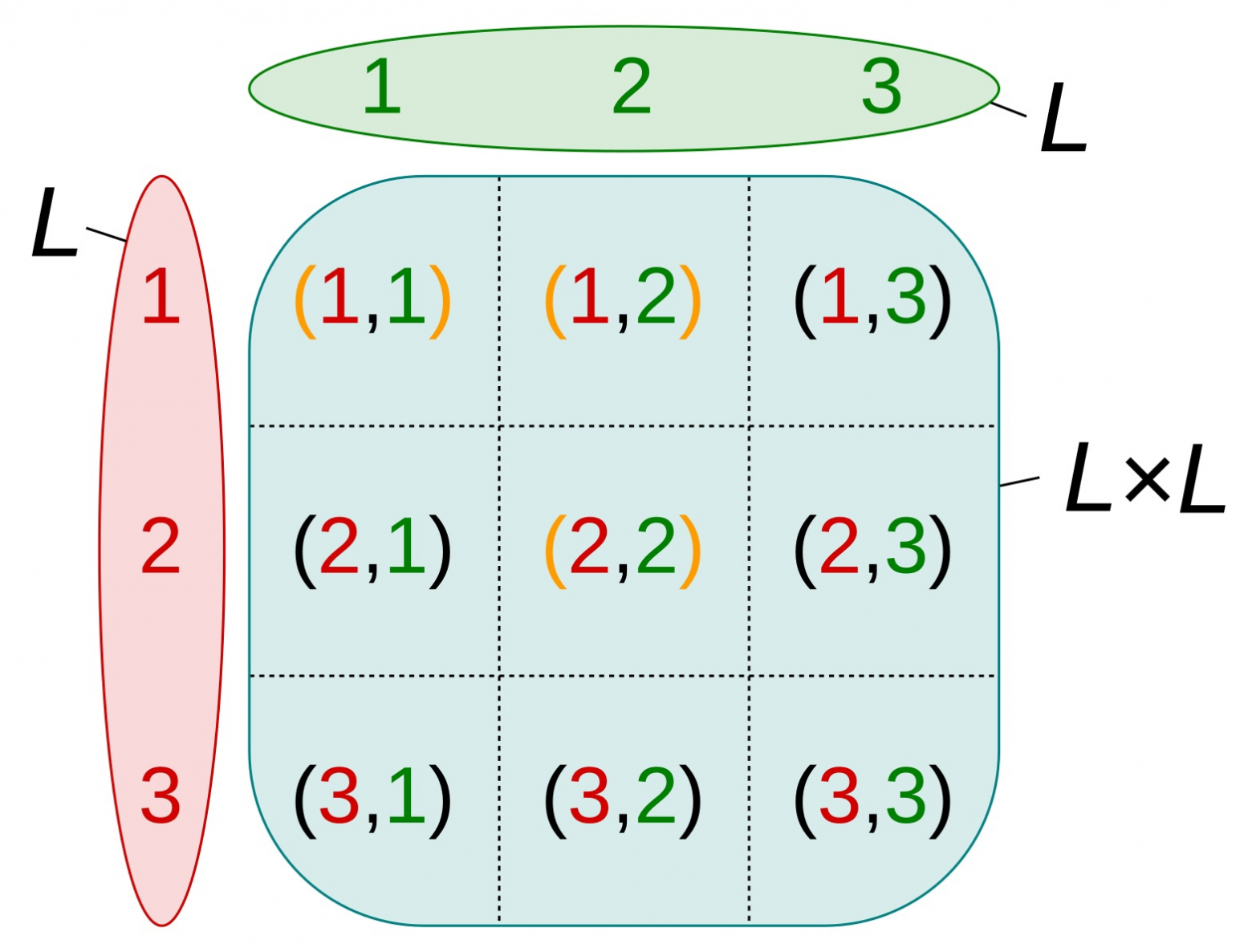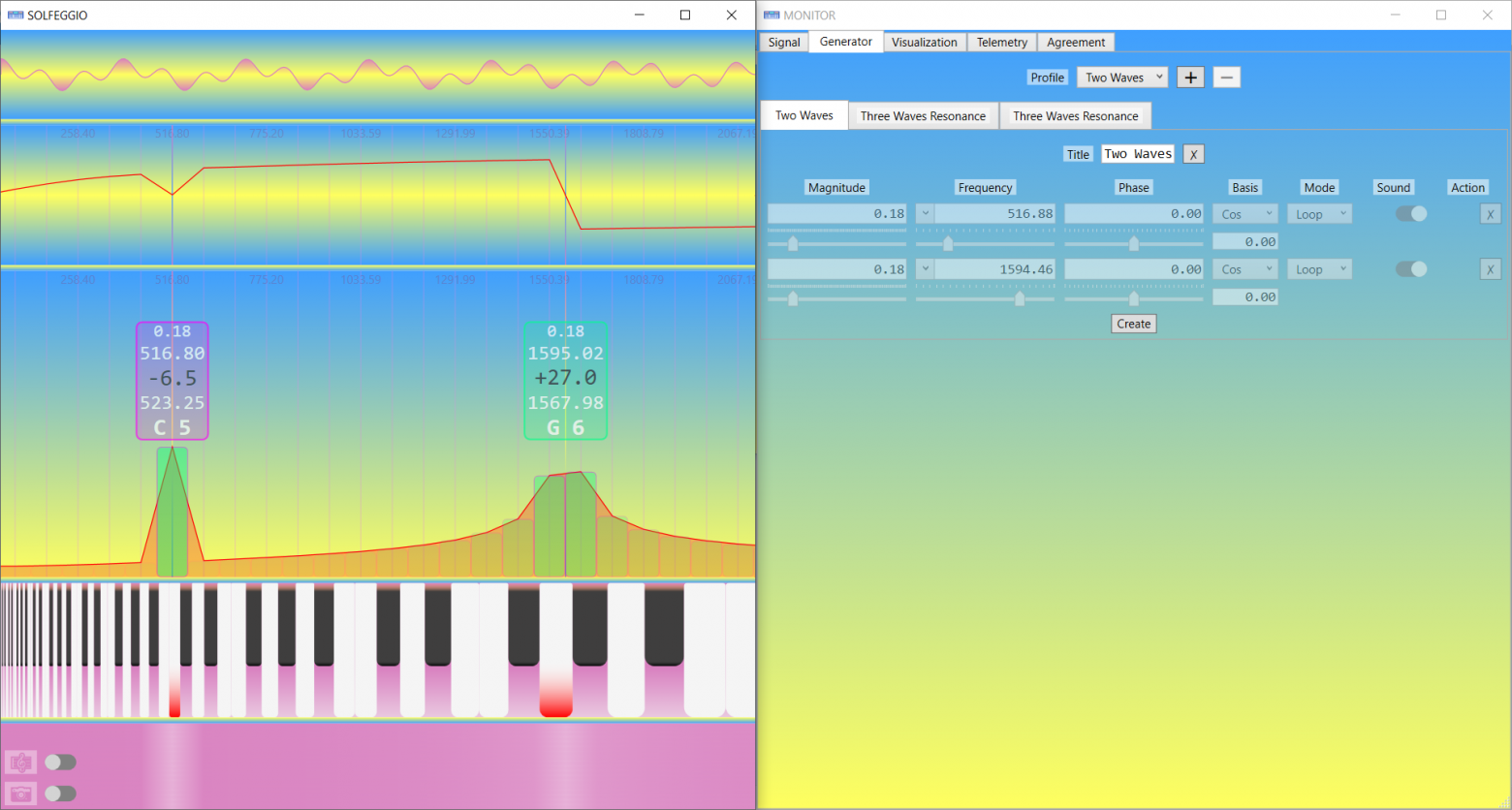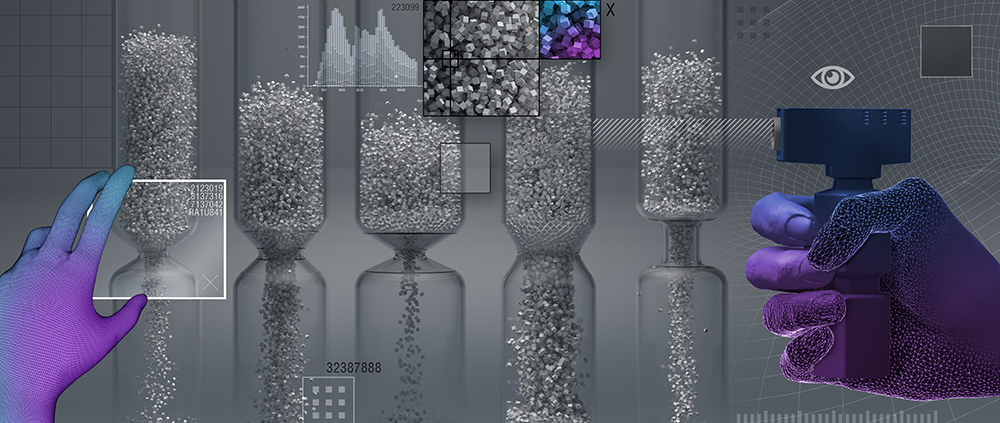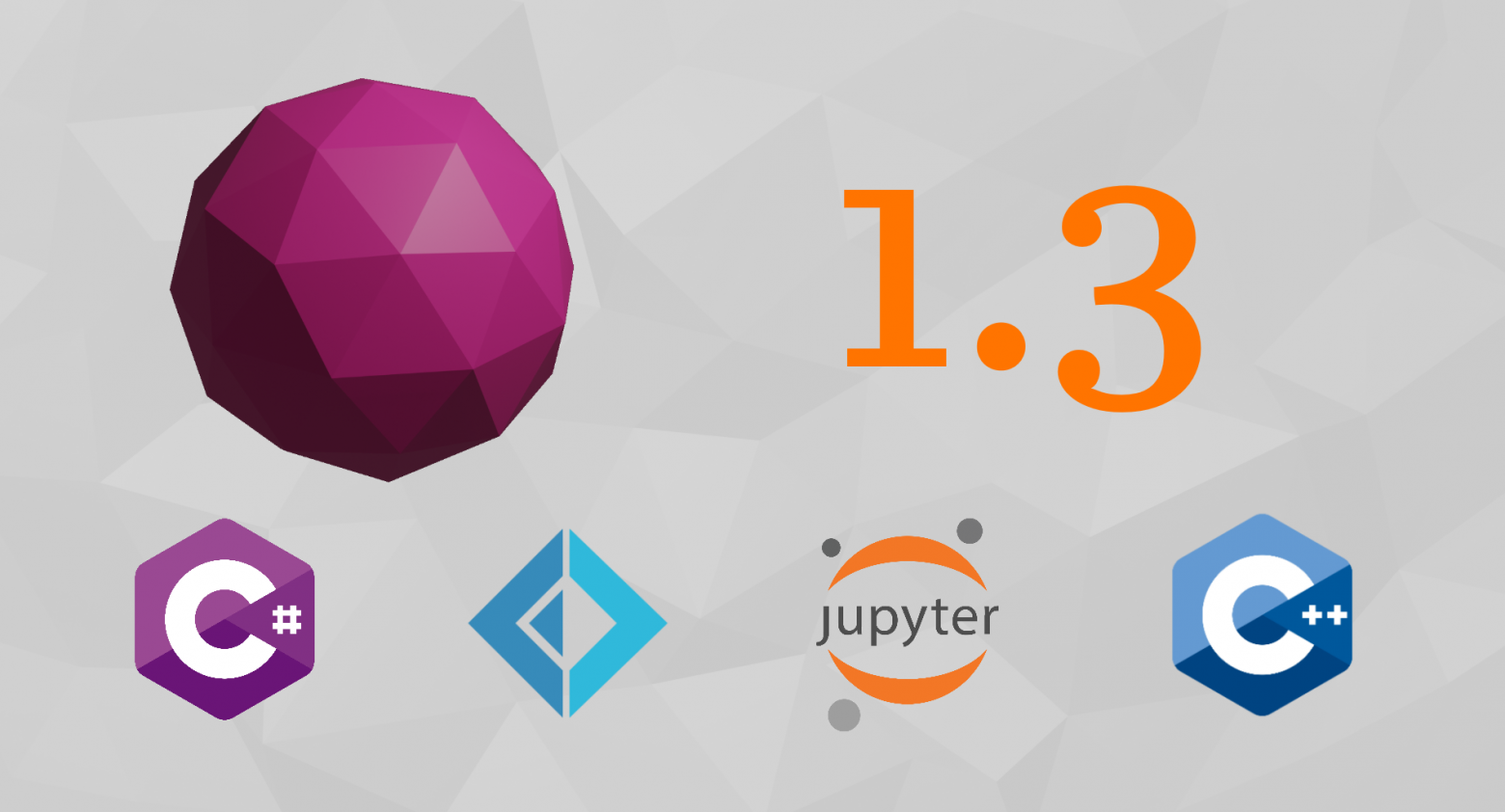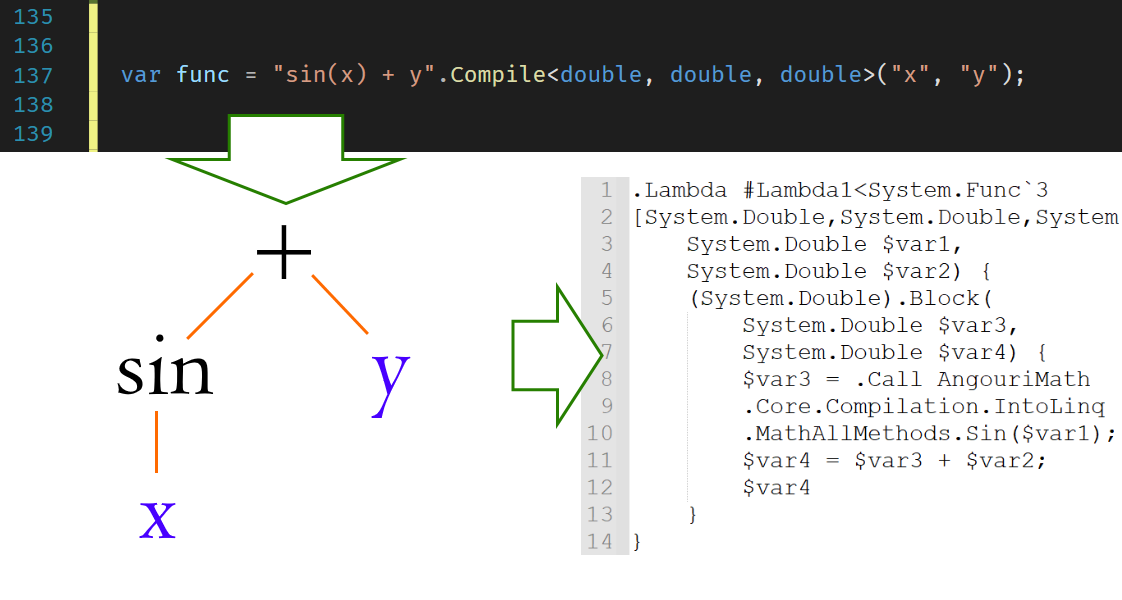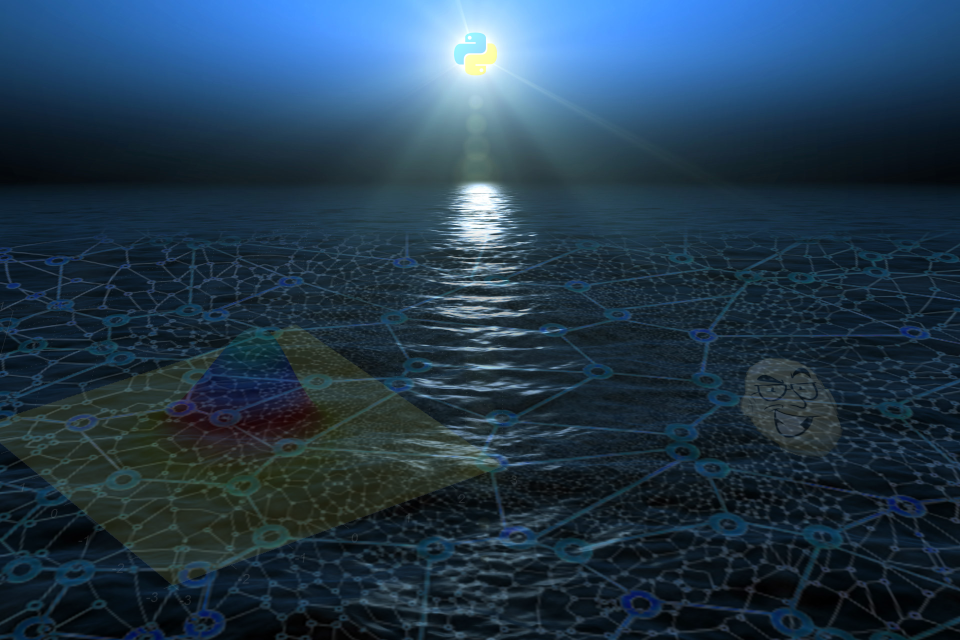
Rust's type system is quite powerful as it allows to encode complex relationships between user-defined types using recursive rules that are automatically applied by the compiler. Idea behind this post is to use some of those rules to encode properties of our domain. Here we take a look at Peano axioms defined for natural numbers and try to derive some of them using traits, trait bounds and recursive impl blocks. We want to make the compiler work for us by verifying facts about our domain, so that we could invoke the compiler to check whether a particular statement holds or not. Our end goal is to encode natural numbers as types and their relationships as traits such that only valid relationships would compile. (e.g. in case we define types for 1 and 3 and relationship of less than, 1 < 3 should compile but 3 < 1 shouldn't, that all would be encoded using Rust's language syntax of course)
Let's define some natural numbers on the type level first.



